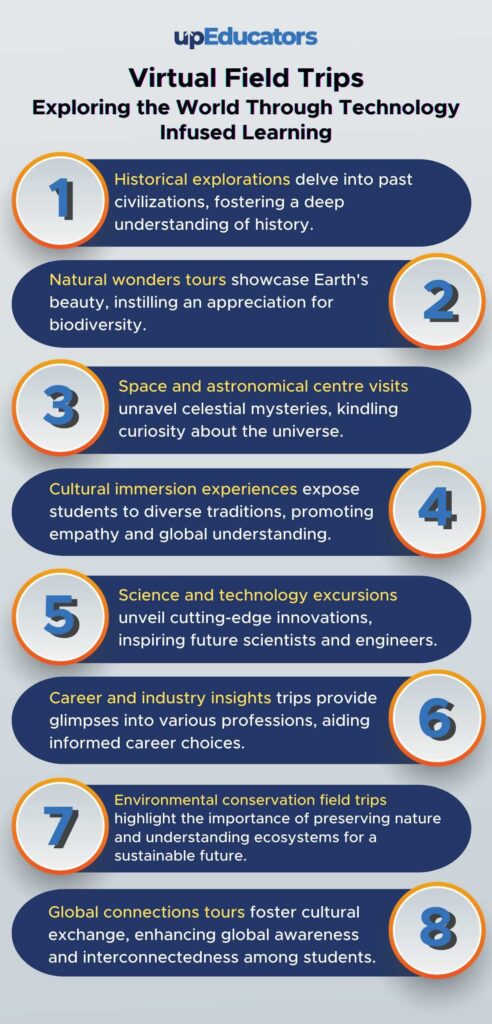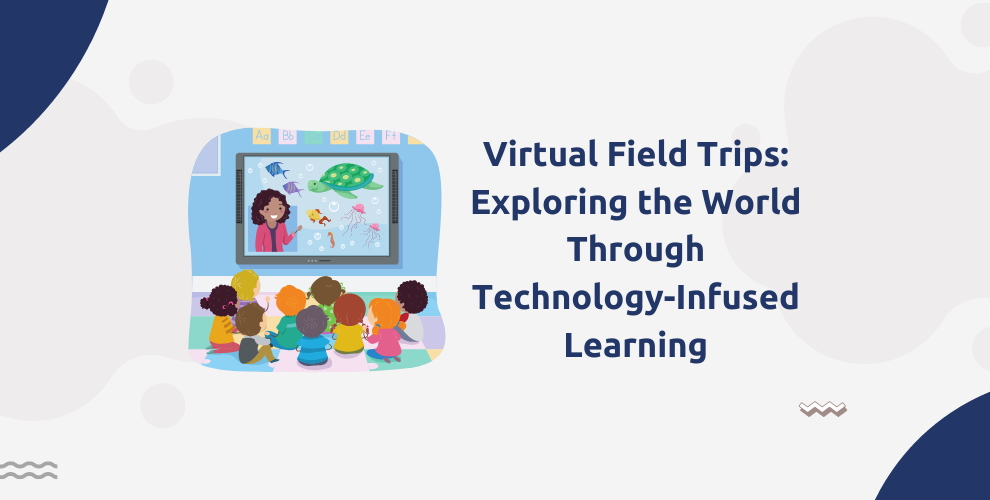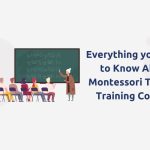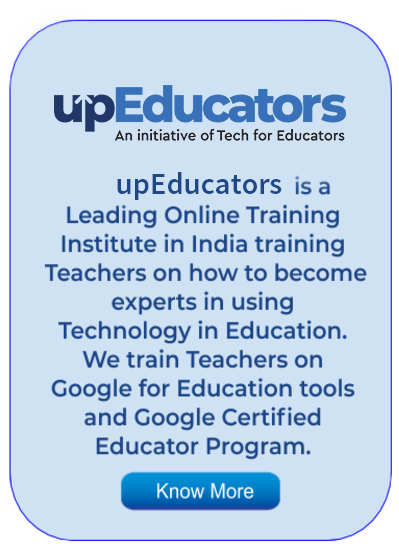Ms. Priyanka, a passionate and creative history teacher was eager to ignite her students’ curiosity. She sought to transform traditional classrooms into captivating explorations. Embracing technology’s potential, she introduced virtual field trips, revolutionising history lessons.
Through seamless integration of history and technology, her students embarked on virtual journeys to ancient civilizations, battlefields, and iconic landmarks. Immersed in these experiences, they witnessed historical events and marvelled at architectural wonders, igniting a new passion for history.
Ms Priyanka’s approach not only sparked enthusiasm for history but also deepened their understanding of diverse cultures. Join us on her remarkable journey of technology-infused learning, where virtual field trips bring history to life like never before.

The virtual world has opened the door to many possibilities. One such door that has led to unimagined explorations is that of virtual field trips. Virtual field trips are a great way to teach different subjects to students by making them go through something real in a virtual realm. But how can teachers use the fantastic concept of virtual field trips in their classrooms? This blog will help you unravel the 8 ways in which you can integrate virtual field trips in your classroom.
8 Virtual Field Trips Ideas
Historical Exploration:
Virtual field trips for historical exploration allow students to step back in time and witness significant events and landmarks from various historical periods. For instance, students can visit the ancient city of Pompeii and learn about its destruction during the eruption of Mount Vesuvius in 79 AD. They can also virtually tour the Palace of Versailles in France, gaining insights into the opulent lifestyle of French royalty during the 17th century. Through these immersive experiences, students can develop a deeper understanding of historical contexts, cultures, and the impact of past events on the present.
Natural Wonders:
Virtual field trips to natural wonders offer students a chance to marvel at Earth’s awe-inspiring beauty and diverse ecosystems. For example, students can explore the Great Barrier Reef off the coast of Australia, discovering its rich marine life and the importance of coral reef conservation. They can also venture into Yellowstone National Park in the United States, observing geysers, hot springs, and diverse wildlife. These virtual experiences provide an opportunity for students to appreciate the significance of environmental preservation and the delicate balance of nature.
Space and Astronomy:
Taking students on a virtual journey through space and astronomy allows them to explore the vastness of the cosmos and gain insights into celestial phenomena. Students can virtually visit the Hubble Space Telescope and view stunning images of distant galaxies and nebulae. They can also experience a simulated spacewalk to understand the challenges and discoveries of space exploration. These virtual trips inspire curiosity about the universe, igniting students’ interest in STEM fields and space sciences.
Cultural Immersion:
Cultural immersion virtual field trips transport students to different regions and cultures worldwide, fostering understanding and appreciation for diversity. For example, students can explore the ancient city of Kyoto in Japan during traditional festivals, like the Gion Matsuri. They can also virtually visit the Acropolis in Athens, Greece, learning about ancient Greek architecture and mythology. These experiences help students develop cultural sensitivity, empathy, and a global perspective, encouraging respect for various traditions and customs.
Science and Technology:
Virtual field trips in science and technology offer students an inside look at cutting-edge research and innovations. For instance, students can tour the Large Hadron Collider (LHC) at CERN in Switzerland, where scientists study particle physics. They can also visit NASA’s Jet Propulsion Laboratory (JPL) and learn about the latest space exploration missions. These virtual experiences inspire students to pursue careers in STEM fields and understand the impact of science and technology on society.
Career and Industry Insights:
Virtual field trips focused on careers and industries provide students with exposure to diverse professions and workplace settings. For example, students can virtually visit a newsroom to understand the inner workings of journalism and media reporting. They can also explore manufacturing plants to observe industrial processes and learn about engineering and production. These experiences expose students to potential career paths, helping them make informed decisions about their future and develop essential employability skills.
Environmental Conservations:
Virtual field trips focused on environmental conservation allow students to explore natural habitats and learn about efforts to protect biodiversity. For example, students can virtually visit the Amazon Rainforest in Brazil, where they can witness the diverse flora and fauna and understand the importance of conservation efforts. They can also virtually explore Antarctica and learn about scientific research to monitor climate change. These virtual experiences inspire environmental awareness and encourage students to become stewards of the planet.
Global Connections:
Virtual field trips that facilitate global connections enable students to interact with peers from different countries, fostering cultural exchange and collaboration. For example, students can engage in video conferences with classrooms in other parts of the world to discuss shared interests, traditions, and social issues. These virtual connections create opportunities for students to develop cross-cultural communication skills, empathy, and a sense of global citizenship.
Incorporating these diverse virtual field trips into the curriculum enriches students’ learning experiences, making education more engaging and immersive. These virtual adventures expand students’ horizons, promoting empathy, curiosity, and a deeper understanding of the world around them. By fostering a sense of wonder and appreciation for history, nature, space, cultures, science, and more, these virtual field trips inspire a lifelong love for learning and encourage students to become informed, compassionate global citizens. If you are a teacher who wants to understand the applications of AR VR in a classroom, then attending the Masterclass on AR VR for Teachers by upEducators is a must for you. This Masterclass will help you unravel the multiple possibilities of using AR/VR in the classroom and help you in teaching better.
Author: This article is written by Samiya Rashid for upEducators blog.




